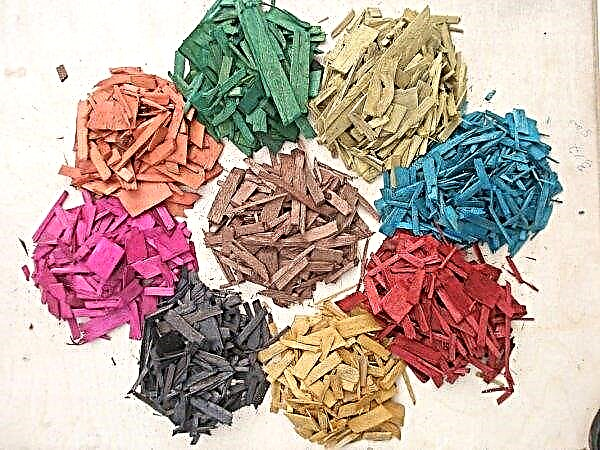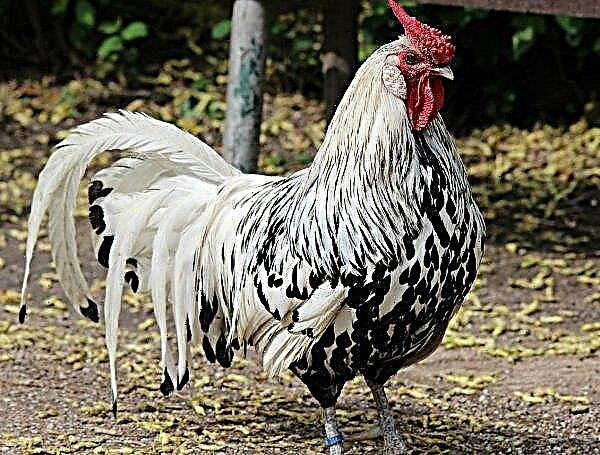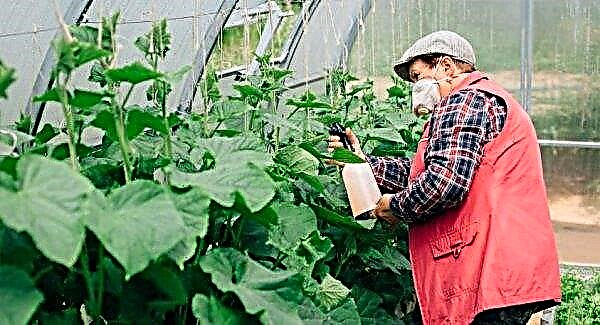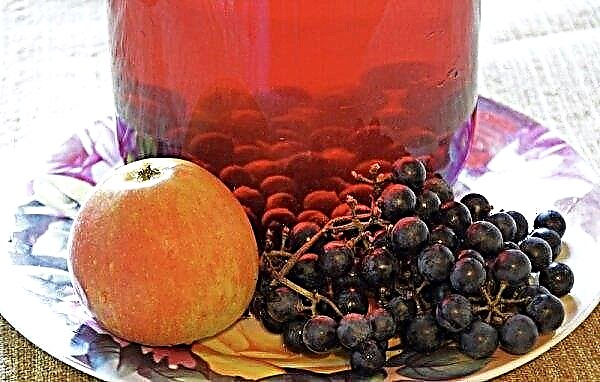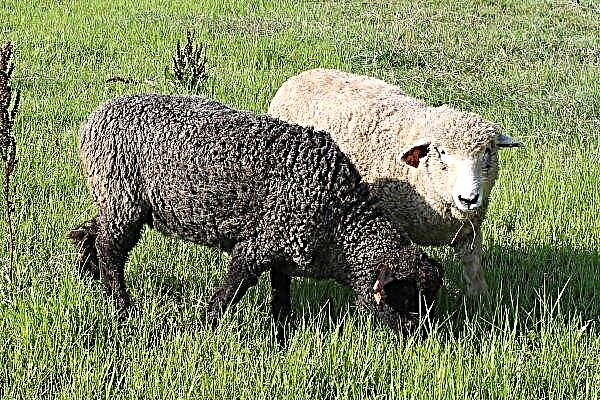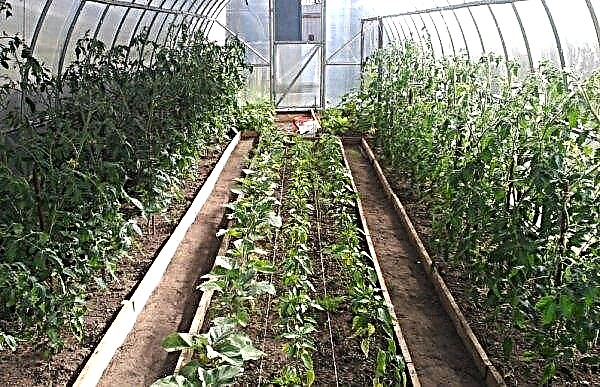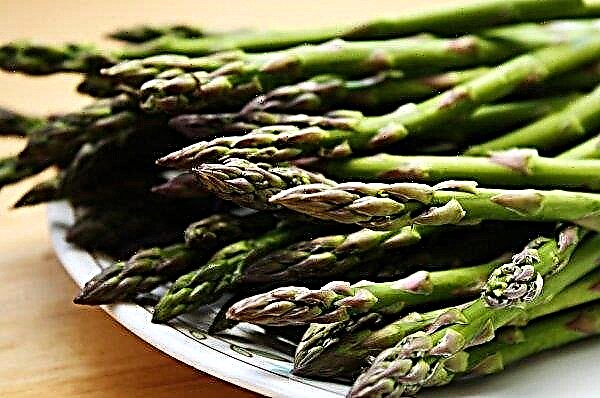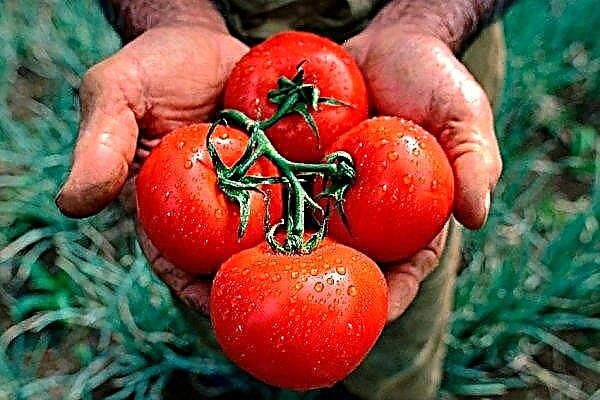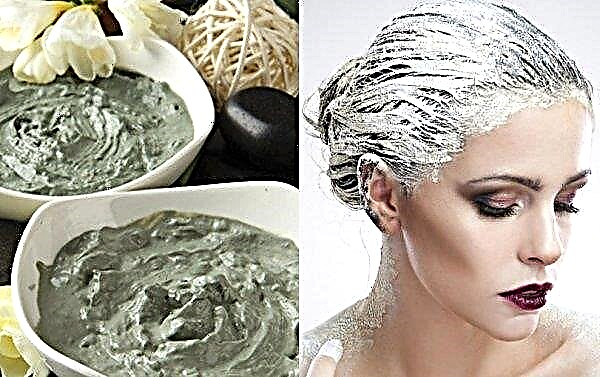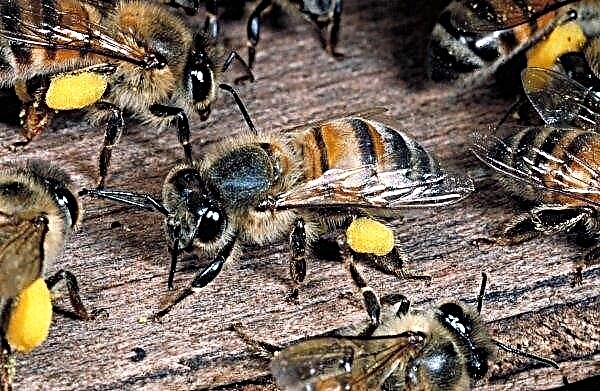Sauerkraut has long become an integral part of the table of our people and this is not surprising. Indeed, having a spicy and spicy taste, this dish is the source of a whole complex of vitamins, minerals and nutrients. The wide distribution of this product, especially in the cold season, as well as its ability to long-term storage, has led to the appearance of a variety of cooking methods that can satisfy the most demanding tastes.
Ingredient preparation
In order for the dish to meet the expected result, it is necessary not only to strictly adhere to all the rules of cooking technology, but also to carefully approach the process of choosing the main ingredients. Getting started, you should consider some features:
- the most suitable is cabbage with dense leaves, which is characteristic of late and medium late varieties;
- optimal head - flattened, dense and tight, without signs of deformation and rot, with a fresh smell;
- vegetable weight should be at least 1 kg;
- darkening in the stump area indicates the freshness of the product and its preliminary long-term storage;
- A good sign is the presence of green upper leaves on a head of cabbage.
Did you know? According to archaeological expertise, cabbage has been used in food since the Stone Age.
Starting to fermentation, you should take into account the basic rules of the process:
- The larger the vegetable is shredded, the more nutrients remain in it. However, the cooking method must also be considered. There are recipes that do not use salt, which promotes juice production - in this case, it is better to chop the shredder, otherwise the cabbage will not ferment.
- After laying in the dishes, cabbage should be pierced to the bottom to release the accumulated gas (otherwise, the taste will get bitter). For this purpose, it is best to use a wooden stick.
- The pickling process can provoke the appearance of foam on the brine surface - it should be removed daily.
- The optimal material for dishes in which vegetables should be fermented is clay, glass and wood (especially linden, birch and oak), as well as containers with an enamel coating. Do not use aluminum cookware.

Recipes for harvesting sauerkraut with vinegar for the winter
Due to its wide popularity, the preparation of sauerkraut has many ways and quick recipes, which made it possible to use this dish not only as snacks on the table, but also to use it in various food systems (for example, a raw food diet or in proper nutrition dishes).
Most often, in such recipes there is no salt, sugar and pepper, and the dish itself is not seasoned with vegetable oil. However, despite this, the taste of the product is not much different from the classic version - cabbage remains the same juicy and crispy.
Classic instant recipe with vinegar

1 can for 3 l20 minutes
Nutritional value per 100 g:
- Cabbage is cut into several parts and finely chopped with a shredder or knife. Carrots are peeled and rubbed on a coarse grater.
- The ingredients are mixed in a separate bowl, in parallel, squeezed a little, to highlight juice.
- To prepare the brine, salt and sugar are poured into boiled water, vinegar and vegetable oil are added and mixed thoroughly.
- A mixture of chopped vegetables is placed in a 3-liter jar. Since cabbage must be laid very tightly, each layer is carefully pressed through with your hands or with a squeeze.
- The can is put in a bowl where fermented juice will be poured, and the cabbage itself is poured with brine. If the vegetables are too tightly packed, it is necessary to make a few punctures first, and only then pour the brine.
- The jar is left for several days at room temperature (+20 ... + 22 ° C), without closing the lid (it is permissible to use gauze).
- After three days, pickled cabbage is ready for use and can be decomposed into containers and transferred to the refrigerator.
Video recipe
Important! About 1 kg of slaw will be required to fill 1 liter can.
With sugar and carrots

1 can for 3 l20 minutes
Nutritional value per 100 g:
- The head of cabbage is cut into several parts and chopped with a knife or grater, carrots are rubbed on a coarse grater.
- Finely chopped vegetables are thoroughly mixed and fit tightly into the prepared container (pot or small bucket).
- The water is boiled and salt, sugar, as well as bay leaves and peppercorns are added to it (the amount can be adjusted according to taste preferences).
- After the sugar and salt are completely dissolved, the brine is cooled and poured into cabbage.
- A lid or dish is placed on top, the diameter of which is two times smaller than the diameter of the container and is pressed down (you can use a jar or a bottle of water).
- Daily oppression is removed, and the cabbage itself is pierced to the bottom with a stick, which will contribute to the release of carbon dioxide.
- Depending on the ambient temperature, readiness occurs on the third or fourth day. A signal may be the appearance of foam on the brine surface.
- For further storage, cabbage is transferred to clean liter jars, which are best pre-doused with boiling water.

With butter

1 can for 2 l20 minutes
White cabbage
1 kg
Nutritional value per 100 g:
- The head of cabbage is cut in half and finely chopped, the carrots are frayed on a fine grater.
- Vinegar, honey, salt are added to boiled water (you can also use spices to your taste) and mix until the ingredients are completely dissolved.
- The bottom of the prepared container is stacked with green stems, into which a well-mixed mixture of carrots and cabbage is then rammed.
- Hot marinade is poured on top, after which it is allowed to cool.
- The jar is tightly closed with a lid and sent to the refrigerator until complete fermentation (1-2 days).
Important! The use of vegetable oil allows you to soften the taste of the dish and contributes to better absorption of vegetables in the body.

In brine

1 can for 3 l20 minutes
Nutritional value per 100 g:
- The head of cabbage is finely chopped with a knife or a special grater (shredder). Carrot is peeled and rubs on a coarse grater.
- Vegetables mix and mash in parallel.
- The vegetable mixture fits tightly into a 3-liter jar (each layer is rammed with a pusher or hands).
- For brine, water is boiled, in which salt and sugar are poured (they are mixed until completely dissolved).
- Cabbage is poured into brines, and the container itself is exposed in a bowl, where fermented juice will be poured in the future.
- Daily salting is pierced by a wooden stick to the bottom.
- After three days, the cabbage will be ready, after which it is rearranged in the refrigerator for further storage.

Storage Features
The shelf life of sauerkraut directly depends not only on the conditions, but also on the storage methods:
- in wooden barrels this product can be stored for more than 6-7 months, subject to the temperature regime of -1 ... + 3 ° C;
- in enameled dishes, at temperatures of +8 ... + 10 ° С, fermented vegetables can retain their taste for no more than 5 days;
- cabbage can be stored in a glass container for about 2 weeks, at a temperature of -1 ... + 4 ° C;
- in a polymer film, salting is stored for about 4 days if the temperature is kept at + 4 ° C.
Did you know? White cabbage is 90% water.
To increase the shelf life, you should know a few basic rules:
- sauerkraut, if necessary, can be frozen, but it is necessary to defrost in small portions, “once”, because after a short period of time, it will lose all its useful properties;
- to preserve the taste and the initial level of vitamin C, salting is best stored in its own brine;
- the storage period is significantly increased when cranberries are added or when the top layer of vegetables is mixed with 2 tbsp. l Sahara;
- in case of mold, the product should not be thrown away - the top layer of salting is removed, and the rest of the cabbage is mixed with mustard powder, which acts as an antiseptic;
- when preparing containers for fermentation, it is recommended to put a branch of honeysuckle or dill, then fill the container with boiling water and close the lid - this method allows you to destroy the pathogenic microflora and significantly increase the shelf life of the product.

Cooking sauerkraut has a lot of variations and methods. Focusing on your taste preferences, you can use this healthy and healing product all winter to help replenish all the necessary vitamins and minerals that are necessary for the body of both an adult and a child, especially in the cold season.


